What is organizational inertia and how to break from it?
Remember Blockbuster? It was an international franchise that rented movies and videogames. It doesn’t exist anymore.
Mostly, it broke because of its organizational inertia.
In essence, they didn’t want to adapt to the digital era. They even refused to purchase Netflix when it was still a startup.
For many, it’s easy to believe that this won’t happen to their company.
However, even Google had to break its corporate inertia, regardless of the incredible results. The pandemic changed everything they knew about the online consumer’s behaviors. They had to reinvent their algorithms.
What Is Organizational Inertia?
In summary, organizational inertia is the resistance to change within a company. It can be stagnant operations or something you’ve always done the same way because it yields good results.
Organizational inertia can be positive or negative, depending on its origin and how it’s managed. Regardless, it’s harmful in most cases.
Overcoming Resistance to Change
In general, corporate inertia comes from a fear of failure. Trying new things implies risks, and no one wants to be responsible.
However, if you make this process something transparent, it’ll be easier for people to participate with clear expectations.
To do that, you could start with these points:
- Focus on top managers.
- Make a diagnosis.
- Establish objectives and measurements.
- Execute the new strategy.
- Analyze results.
Focus On Top Managers
The Scientific Association of Economy and Business Directing (ACEDE, in Spanish.), in Madrid, Spain, did a strategic study on the subject.
In summary, they found two key factors that incentivize innovation:
- The level of discomfort within the company.
- How top managers perceived the world.
This means that the top managers have to be displeased with their current results to break from organizational inertia.
Sometimes, achieving minimum-viable results could be enough for your stakeholders.
However, when you identify where your company can grow, you can elicit that positive discomfort.
A common suggestion is to evaluate and classify the reasons for resisting change.
Organizational Inertia Factors
First, make a diagnosis of the company. To do this, you can create a survey for top managers and stakeholders and know why they resist change.
You will get different answers, but you can broadly classify them to facilitate solutions.
- Fear of the unknown.
- Historical factors.
- Fear of losing resources.
- Rigid organizational structures.
- An increase or decrease in responsibilities.
- Fear of new technology.
- Investments and committed resources.
- Political stances.
- Possible response from the market.
These are just some ways in which you can classify their responses. For example, some clients may not allow innovation.
If Amazon hires your company to fulfill its orders, you’ll need to follow Amazon’s processes. These contracts leave very little space for improvement. You could classify this as a rigid structure.
Once you identify the factors for resistance to change, you can decide where and how to start.
Establishing Objectives And Measuring Progress
In essence, you have to use clear and specific objectives and accessible parameters to measure progress (OKRs and KPIs).
Let’s imagine that you want to implement a new CRM. The idea is that it’ll help you save time (objective).
To start, you’ll need to map all the processes done with your current CRM.
Then, measure the time it takes to complete each process.
With those results, you’ll have enough material to compare and move to the next stage.
Executing The New Strategy And Measuring Results
Now, you have to take the same parameters to measure the execution time with the new CRM.
Remember always to consider the learning curve. Usually, the execution time can decrease by up to 50% once you get the hang of something.
In the end, you’ll have factual data to compare and see what would be best.
As a rule, a decision done with transparency tends to be easier to accept, even for those who might disagree.
Lastly, consider using a standardized technique to help you with the complete process:
- Scrum
- Agile
- Six Sigma
- Kaizen
You can learn almost all of them online.
Conclusion
There’s a big difference between resistance to change and keeping processes that work.
Organizational inertia is a resistance to change based on emotions. While keeping a process that works is based on data and factual arguments.
Imagine that you tried new software for a month.
After measuring, you noticed that it yields marginal benefits, and it comes with a long learning curve. Based on that, you decide that it’s better to keep doing things the same way.
That’s not organizational inertia.
Although there were no changes, you took the first step to break from resistance to change.
Now, you have to find the best solution for your company.
The post What is organizational inertia and how to break from it? first appeared on LOOPER.
Loopering










